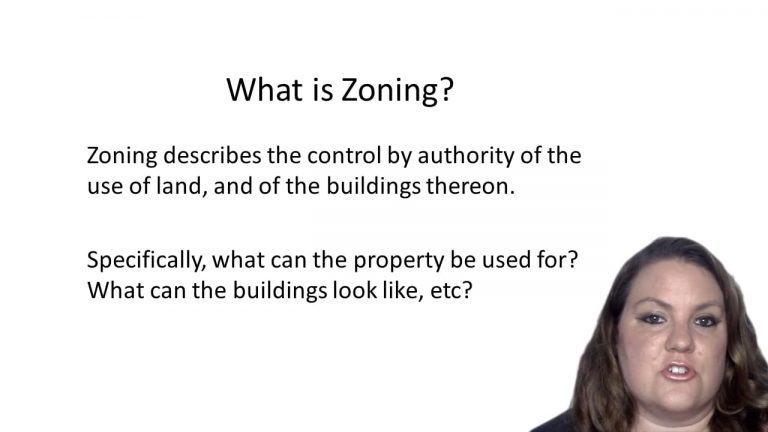SmartBrief
Confirm favorite deletion?
Property Keyed to Merrill
Harbison v. City of Buffalo
Citation:
152 N.E.2d 42 (N.Y. 1958)Facts
In 1924, Harbison started a cooperage with his son in the city of Buffalo in an area that was undeveloped. The city operated a dump in the area, and there was a glue factory in the vicinity. In 1926, the City of Buffalo enacted a zoning regulation that zoned the area for residential use. While there was a brief period where the area was zoned for businesses, between 1949 to 1953, the land returned under zoning for residential use afterwards. Clearly, by the time the first zoning ordinance affecting the business was enacted, Harbison had an existing nonconforming use, since he was operating a business in an area that subsequently became subject to a zoning scheme prohibiting the operation of businesses. The City of Buffalo amendment its ordinances in 1953 to prohibit any nonconforming use of any property in residential districts that fell under the definition of “junk yard.” Harbison’s cooperage fell under the definition of “junk dealers” by a 1936 ordinance. Therefore, in November 1956, the director of licenses of the City of Buffalo sent Harbison a letter to cease operation of his cooperage immediately. Harbison sued, challenging the validity of the ordinance prohibiting his nonconforming use of the property.
Only StudyBuddy Pro offers the complete Case Brief Anatomy*
Access the most important case brief elements for optimal case understanding.
*Case Brief Anatomy includes: Brief Prologue, Complete Case Brief, Brief Epilogue
- The Brief Prologue provides necessary case brief introductory information and includes:
Topic:
Identifies the topic of law and where this case fits within your course outline.Parties:
Identifies the cast of characters involved in the case.Procedural Posture & History:
Shares the case history with how lower courts have ruled on the matter.Case Key Terms, Acts, Doctrines, etc.:
A case specific Legal Term Dictionary.Case Doctrines, Acts, Statutes, Amendments and Treatises:
Identifies and Defines Legal Authority used in this case.
- The Case Brief is the complete case summarized and authored in the traditional Law School I.R.A.C. format. The Pro case brief includes:
Brief Facts:
A Synopsis of the Facts of the case.Rule of Law:
Identifies the Legal Principle the Court used in deciding the case.Facts:
What are the factual circumstances that gave rise to the civil or criminal case? What is the relationship of the Parties that are involved in the case.Issue(s):
Lists the Questions of Law that are raised by the Facts of the case.Holding:
Shares the Court's answer to the legal questions raised in the issue.Concurring / Dissenting Opinions:
Includes valuable concurring or dissenting opinions and their key points.Reasoning and Analysis:
Identifies the chain of argument(s) which led the judges to rule as they did.
- The Brief Prologue closes the case brief with important forward-looking discussion and includes:
Policy:
Identifies the Policy if any that has been established by the case.Court Direction:
Shares where the Court went from here for this case.

 4m 44s
4m 44s